This report examines how the growth of digital services, and the data centres that support them, affects energy consumption in the UK.
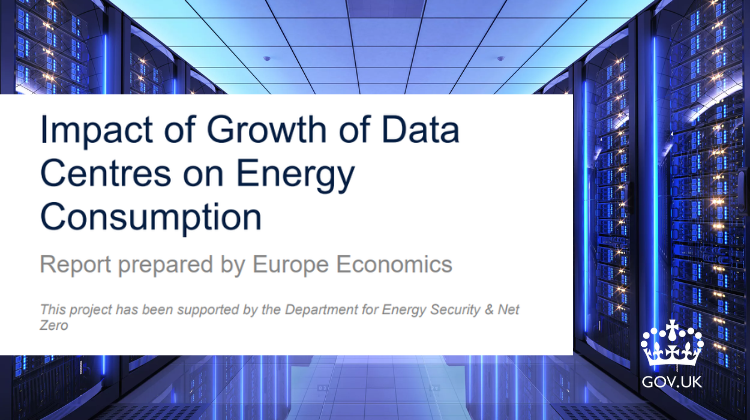











This report examines how the growth of digital services, and the data centres that support them, affects energy consumption in the UK.

The Parndorf hybrid project combines solar, wind, storage, and agriculture to deliver clean power for over 6,000 homes, setting a benchmark for innovative land use, biodiversity, and regional energy security in Austria.

In August, seven projects totalling 646.665 MW were approved and four totalling 253.26 MW were rejected. The leaders were Iberdrola (180 MW), Zelestra (156 MW), and European Energy (26.16 MW), while Sungrow received approval for 55 MW of storage.

Spain’s storage landscape is diversifying with BESS and pumped hydro projects across multiple regions, led by major utilities and new market entrants, and a connection pipeline that signals an accelerated rollout towards PNIEC targets.

The Modernisation Fund will finance 34 projects in Croatia, Czechia, Greece, Hungary, Latvia, Lithuania, Poland, Romania and Slovenia to expand renewables, modernise grids, improve energy efficiency and cut emissions in energy, industry and transport.
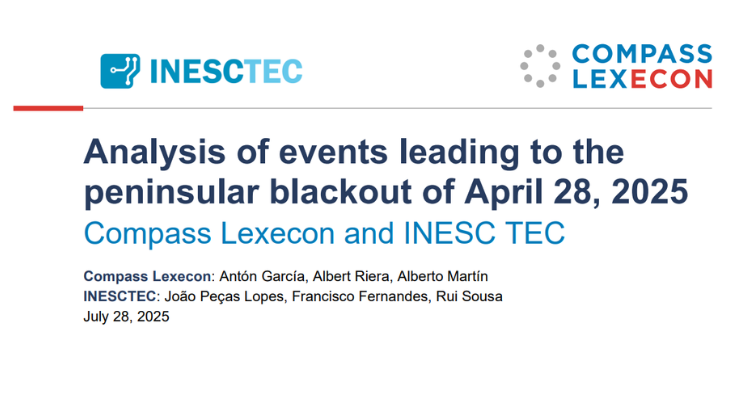
The updated document commissioned by aelėc indicates that the Spanish electricity system was operating on 28 April with only 60% of the usual margin to absorb reactive power. In Andalusia, the available capacity was just 7.5% of its potential.

The RENOINN program also subsidizes project developments with floating photovoltaic storage and collective self-consumption with the participation of vulnerable consumers. Catalonia, the Valencian Community, Castile and León, and Andalusia account for the largest number of proposals receiving aid.

Te company has reached financial close on the Gnarwarre storage project in Victoria, with a capacity of 250 MW/500 MWh. The project is financed under FRV Australia’s portfolio funding facility, closed in July 2024, bringing the company’s total installed solar and storage capacity to approximately 1.4 GW.

Promotes the incorporation of storage in existing renewable energy production facilities. Facilitates the development of industrial projects by establishing the expiration of access and connection permits after five years. Accelerates the implementation of new demands, such as charging points, by setting response deadlines for distribution companies

The batteries under construction in the Alcoutim (60.5 MWh / 120.4 MWh) and Manzanares (13.4 MW / 26.8 MWh) clusters will be added to the 5 MW / 20 MWh already operational in Alcoutim from early 2025. The entry into operation of Galp’s two solar farms in Toledo and Ahín y Almaraz (Spain), with a combined capacity of 115 MW, brings its solar energy production total to 1.7 GW.
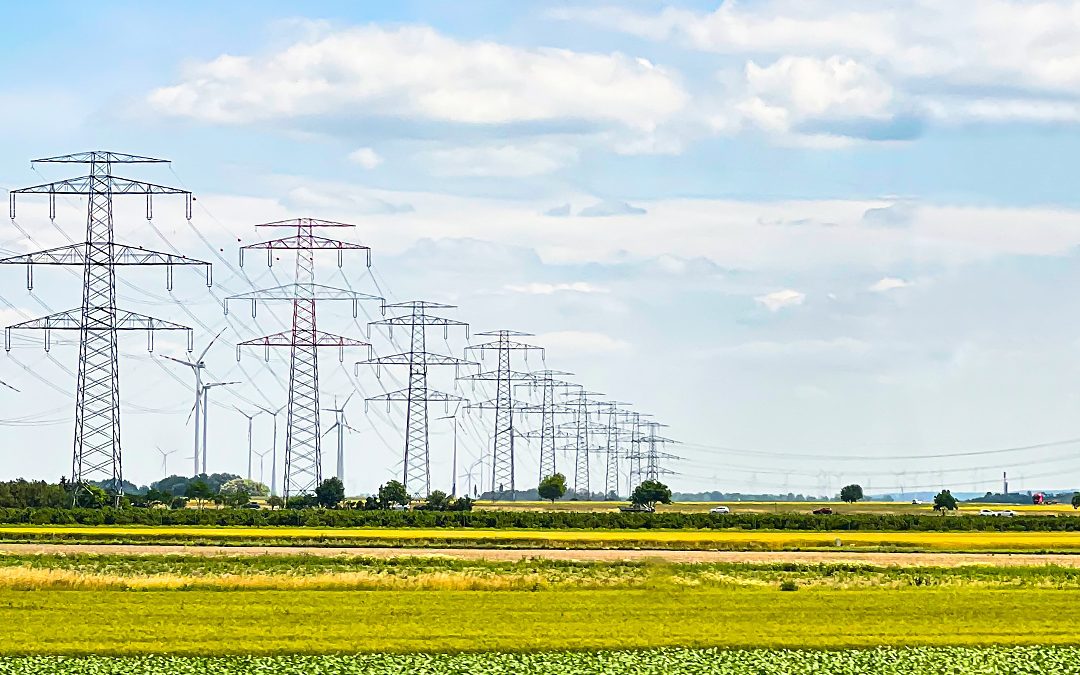
WindEurope warns that slow grid development is stalling wind energy deployment. The association calls on the EU to align its 2028–2034 budget and the upcoming European Grids Package to boost investment, streamline permitting, and secure smarter grid access to meet rising electricity demand.

The transatlantic energy pact foresees imports of gas, oil and uranium worth USD 750 billion over three years. Experts criticise the measure as undermining Europe’s energy transition and logistically unfeasible.

It will include provisions included in Royal Decree-Law 7/2025 that can be enacted with a lower regulatory scope. The development of industrial projects will be facilitated by establishing the expiration of access and connection permits after five years.
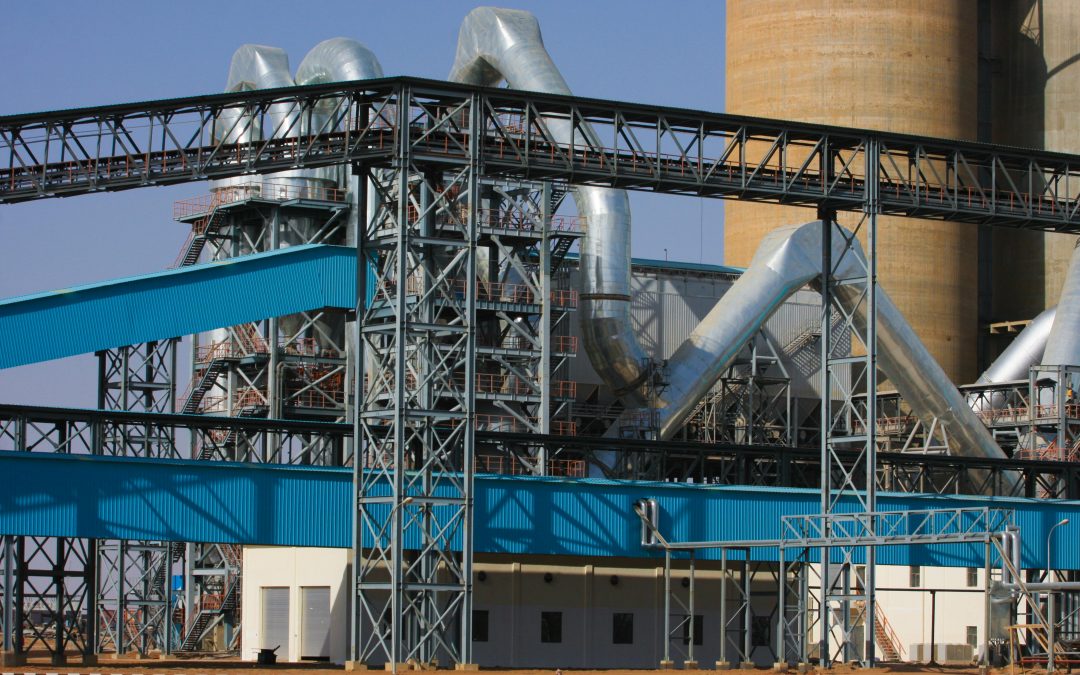
The autonomous communities will be responsible for managing the funds, the distribution of which will be approved by the Energy Sector Conference.

While the Portuguese government consolidates its progress in renewables with strong public investment and institutional coordination, Spain continues to search for pathways to implement definitive solutions.

With 2.7 GW installed in a single year, Andalusia has raised its ambitions by setting new 2030 targets, advancing in green hydrogen, biogas and storage, and calling for greater regulatory autonomy to secure its strategic role in the energy transition.

The European Commission has opened a public consultation to inform new guidance on grid connections in contexts of limited capacity. In its response, EASE highlights the growing impact of speculative or stalled projects occupying grid space, which hinders the connection of ready-to-build energy storage systems and slows the clean energy transition.

At FES Iberia 2025, Gonzalo Barba, Managing Director of TotalEnergies, emphasized the need to adapt Power Purchase Agreements (PPAs) to the new energy market landscape. He also called for increasing electrification, attracting industrial investment, and streamlining regulation to maintain Spain’s renewable leadership.

At FES Iberia 2025, Óscar Martín Pacios, CFO of Ingenostrum, highlighted the key role of data centres in balancing the power grid in an energy-surplus Spain, calling for regulatory updates to meet the new demands of a transforming electricity market.

In July, 43 projects totalling 1,991.35 MW were approved, while 24 projects amounting to 1,336.11 MW were rejected. The leading companies were GECAMA (325 MW), Enel Green Power (315.33 MW), Statkraft (153.78 MW), and Naturgy (198 MW).

The regulatory framework and call for proposals for a new aid program for industrial value chain projects linked to the energy transition are being made public.

This report examines how the growth of digital services, and the data centres that support them, affects energy consumption in the UK.

The Parndorf hybrid project combines solar, wind, storage, and agriculture to deliver clean power for over 6,000 homes, setting a benchmark for innovative land use, biodiversity, and regional energy security in Austria.

In August, seven projects totalling 646.665 MW were approved and four totalling 253.26 MW were rejected. The leaders were Iberdrola (180 MW), Zelestra (156 MW), and European Energy (26.16 MW), while Sungrow received approval for 55 MW of storage.

Spain’s storage landscape is diversifying with BESS and pumped hydro projects across multiple regions, led by major utilities and new market entrants, and a connection pipeline that signals an accelerated rollout towards PNIEC targets.

The Modernisation Fund will finance 34 projects in Croatia, Czechia, Greece, Hungary, Latvia, Lithuania, Poland, Romania and Slovenia to expand renewables, modernise grids, improve energy efficiency and cut emissions in energy, industry and transport.

The updated document commissioned by aelėc indicates that the Spanish electricity system was operating on 28 April with only 60% of the usual margin to absorb reactive power. In Andalusia, the available capacity was just 7.5% of its potential.

The RENOINN program also subsidizes project developments with floating photovoltaic storage and collective self-consumption with the participation of vulnerable consumers. Catalonia, the Valencian Community, Castile and León, and Andalusia account for the largest number of proposals receiving aid.

Te company has reached financial close on the Gnarwarre storage project in Victoria, with a capacity of 250 MW/500 MWh. The project is financed under FRV Australia’s portfolio funding facility, closed in July 2024, bringing the company’s total installed solar and storage capacity to approximately 1.4 GW.

Promotes the incorporation of storage in existing renewable energy production facilities. Facilitates the development of industrial projects by establishing the expiration of access and connection permits after five years. Accelerates the implementation of new demands, such as charging points, by setting response deadlines for distribution companies

The batteries under construction in the Alcoutim (60.5 MWh / 120.4 MWh) and Manzanares (13.4 MW / 26.8 MWh) clusters will be added to the 5 MW / 20 MWh already operational in Alcoutim from early 2025. The entry into operation of Galp’s two solar farms in Toledo and Ahín y Almaraz (Spain), with a combined capacity of 115 MW, brings its solar energy production total to 1.7 GW.

WindEurope warns that slow grid development is stalling wind energy deployment. The association calls on the EU to align its 2028–2034 budget and the upcoming European Grids Package to boost investment, streamline permitting, and secure smarter grid access to meet rising electricity demand.

The transatlantic energy pact foresees imports of gas, oil and uranium worth USD 750 billion over three years. Experts criticise the measure as undermining Europe’s energy transition and logistically unfeasible.

It will include provisions included in Royal Decree-Law 7/2025 that can be enacted with a lower regulatory scope. The development of industrial projects will be facilitated by establishing the expiration of access and connection permits after five years.

The autonomous communities will be responsible for managing the funds, the distribution of which will be approved by the Energy Sector Conference.

While the Portuguese government consolidates its progress in renewables with strong public investment and institutional coordination, Spain continues to search for pathways to implement definitive solutions.

With 2.7 GW installed in a single year, Andalusia has raised its ambitions by setting new 2030 targets, advancing in green hydrogen, biogas and storage, and calling for greater regulatory autonomy to secure its strategic role in the energy transition.

The European Commission has opened a public consultation to inform new guidance on grid connections in contexts of limited capacity. In its response, EASE highlights the growing impact of speculative or stalled projects occupying grid space, which hinders the connection of ready-to-build energy storage systems and slows the clean energy transition.

At FES Iberia 2025, Gonzalo Barba, Managing Director of TotalEnergies, emphasized the need to adapt Power Purchase Agreements (PPAs) to the new energy market landscape. He also called for increasing electrification, attracting industrial investment, and streamlining regulation to maintain Spain’s renewable leadership.

At FES Iberia 2025, Óscar Martín Pacios, CFO of Ingenostrum, highlighted the key role of data centres in balancing the power grid in an energy-surplus Spain, calling for regulatory updates to meet the new demands of a transforming electricity market.

In July, 43 projects totalling 1,991.35 MW were approved, while 24 projects amounting to 1,336.11 MW were rejected. The leading companies were GECAMA (325 MW), Enel Green Power (315.33 MW), Statkraft (153.78 MW), and Naturgy (198 MW).

The regulatory framework and call for proposals for a new aid program for industrial value chain projects linked to the energy transition are being made public.

Select the sector you
want to know more about
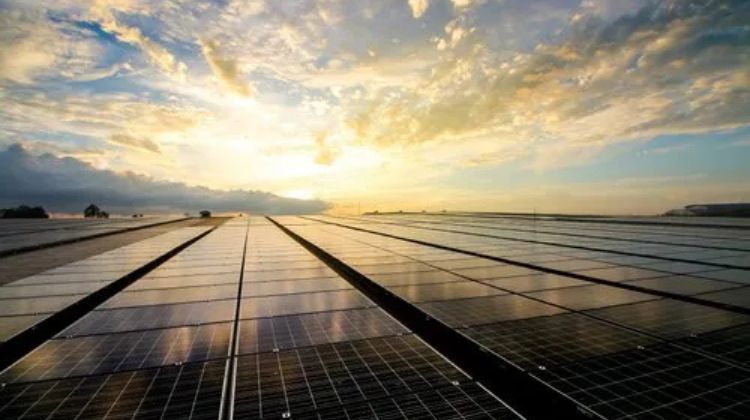
Hasta el 24 de noviembre, las empresas acogidas al régimen retributivo específico (RECORE) podrán participar en la consulta pública de la nueva orden que actualizará la rentabilidad, los precios y los costes regulados del periodo 2026–2031.

UNEF’s CEO, José Donoso, analyzes the profound shift in the business model, incorporating active revenue management, energy storage, and participation in electricity markets. He also emphasizes the importance of advancing electrification by 2026 and holding new auctions.

El Director General de UNEF, José Donoso, analiza el cambio profundo del modelo de negocio con gestión activa de ingresos, almacenamiento y participación en mercados eléctricos. Además, insiste con un 2026 en donde avance la electrificación y se convoquen nuevas subastas.